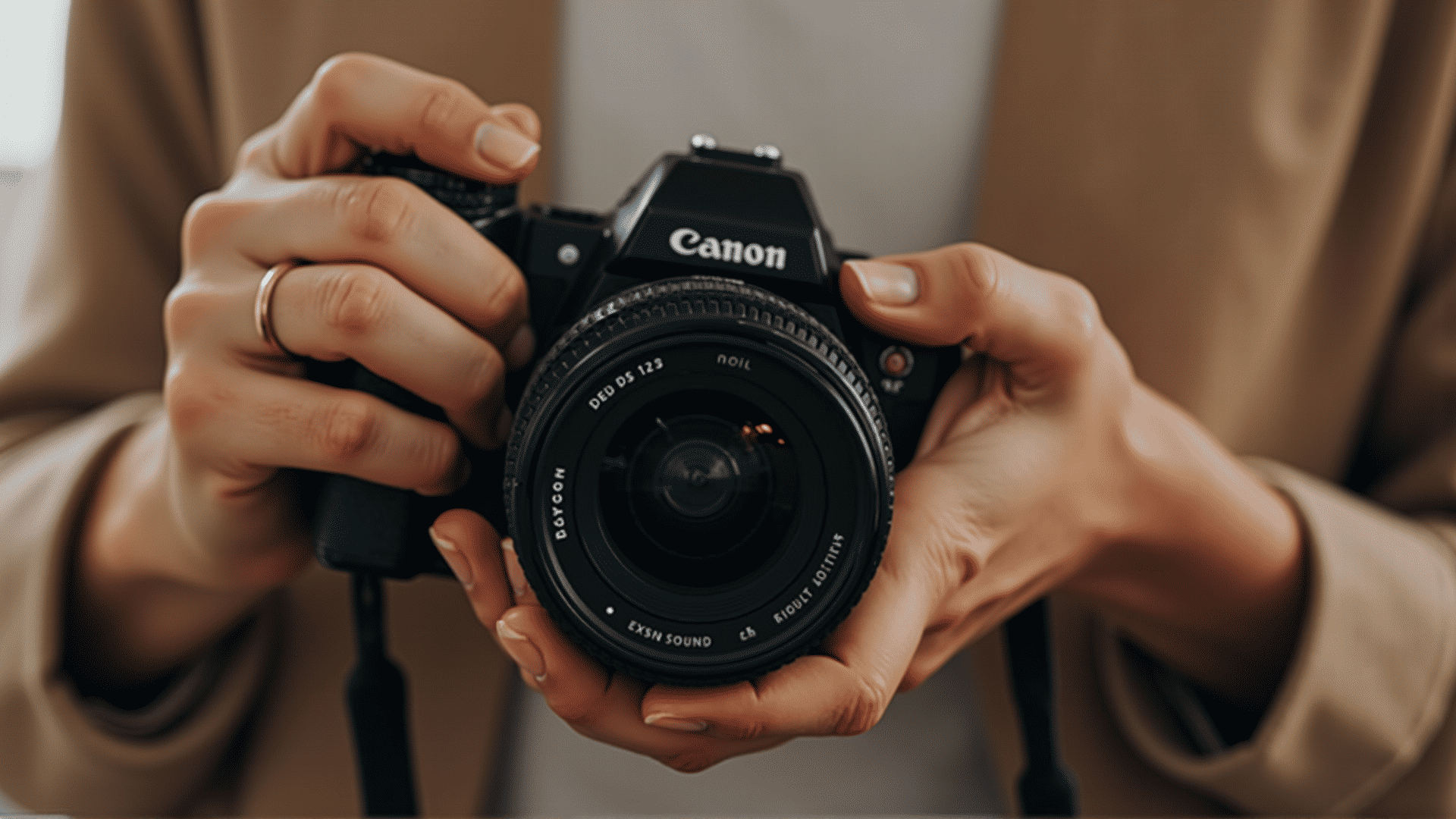Understanding the basics of cameras is a journey that enriches your ability to capture moments in ways that align with your creative vision. Whether you're a beginner or have some experience, familiarizing yourself with key settings and their artistic possibilities can transform your work.
At the core of capturing an image is the way light interacts with the internals of a device. The aperture, shutter speed, and ISO are fundamental settings that govern this interaction. The aperture is an opening in the lens through which light enters. The size of this opening is measured in f-stops, with a smaller number indicating a larger opening. A larger aperture allows more light in and creates a shallow depth of field, ideal for portraits where you want a blurred background and a sharp subject.
Shutter speed controls the duration the sensor is exposed to light. A fast shutter speed, like 1/1000th of a second, is perfect for freezing motion, making it ideal for capturing action such as sports or wildlife. Conversely, a slow shutter speed can introduce motion blur, useful for creatively depicting movement in a still scene, such as flowing water or a bustling city street at night.
ISO measures the sensor's sensitivity to light. In low-light situations, increasing the ISO allows capture of lighter images without a flash, but this may introduce graininess or noise. Striking a balance with ISO is crucial for maintaining image clarity.
Beyond these settings, understanding white balance enhances color accuracy. White balance adjusts for different types of lighting like sunlight or fluorescent bulbs, ensuring that colors appear natural and true to life.
Composition is another critical aspect. The rule of thirds suggests dividing the frame into nine equal parts and placing points of interest along these lines or their intersections to create a balanced image. Leading lines guide the viewer’s eye through the scene, while framing elements can add depth and focus.
Experimentation is key in learning how to harness these settings to realize your creative potential. Each decision—from aperture choice to shutter speed—affects the narrative and emotion of your work. By mastering these basics, you're equipped to explore diverse styles and techniques, allowing you to craft compelling images with confidence and creativity.
